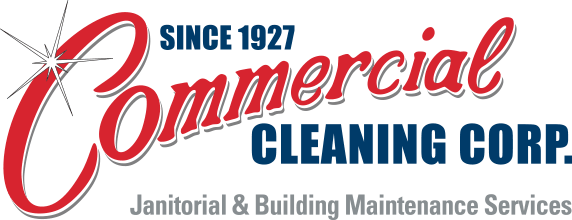Cleaning kitchens for food allergies takes careful planning and attention to detail. It’s important to know how to maintain proper procedures. Whether you’re dealing with an allergy-free kitchen or want to follow best practices incase of an allergic patron at your restaurant, we’ve organized some useful tips to better cleaning your commercial kitchen for food allergies.
Get the Right Information When Cleaning Kitchens for Food Allergies
It is important for everyone to have the proper information when dealing with allergies in the kitchen. The customer, staff and management all need the right information. Below are things to consider when implementing allergy protocols in a commercial kitchen.
1. Train your staff on food allergies and emergency protocols
Your staff should be knowledgeable about food allergies and understand the severity of reactions. Train them on how to handle, prepare, and serve food safely to avoid cross-contact with allergens. Organizations like FARE (Food Allergy.org) offer allergy food handling training for your employees. Train your staff on emergency protocols in case of an allergic reaction. They should know how to recognize the symptoms of an allergic reaction, how to administer epinephrine if necessary, and how to call for emergency services.
2. Implement an allergen control plan
Develop an allergen control plan that outlines the policies and procedures for handling and preparing food in your kitchen. This plan should include measures for preventing cross-contact and cleaning protocols.
3. Communicate with customers
Com municate with customers who have food allergies and provide them with accurate information about menu items. Offer alternative options or modifications to accommodate their needs.
municate with customers who have food allergies and provide them with accurate information about menu items. Offer alternative options or modifications to accommodate their needs.
4. Implement a cleaning schedule
A regular cleaning schedule is essential for maintaining an allergy-free commercial kitchen. Create a schedule that includes daily, weekly, and monthly cleaning tasks, and assign them to specific staff members.
5. Have a written allergy protocol
Having standards of operation in a written document will help to make sure everyone is following the same procedures.
Cleaning and Sanitizing Tips for Allergy-Free Kitchens
1. Use color-coded equipment
Using color-coded equipment can help prevent cross-contamination in your kitchen. For example, use a red cutting board for meat, a green one for vegetables, and a blue one for seafood. As professional cleaners we use color coding for our cleaning equipment as well to further prevent cross contamination.
2. Clean and sanitize regularly
Regularly clean and sanitize all surfaces, equipment, and utensils in your kitchen to remove allergens. Use hot water and detergent to remove food residue and follow up with a sanitizer to kill bacteria and viruses.
3. Use wet cloths over dry and ideally sanitizer soaked cloths
The CDC did an extensive study on cleaning allergy particles off equipment and found that wet terry cloths worked better then dry. The most effective method for removing particles was terry cloths saturated with a food grade sanitizing solution using 3 passes at the surface. You can see the full results of the study on the CDC’s website.
4. Use a professional cleaning service
A professional cleaning service can help ensure that your commercial kitchen is cleaned thoroughly and properly. They have the equipment and expertise to remove even the toughest allergens and bacteria. View our Kitchen Cleaning Services to see how we can help to keep your kitchen clean.
5. Use industrial-grade cleaning products
Industrial-grade cleaning products are designed to remove even the toughest dirt and grime. Be sure to use products that are safe for use in commercial kitchens and that are effective in removing allergens.
6. Clean your ventilation system
Your ventilation system can harbor allergens and bacteria. Be sure to clean it regularly to prevent the spread of these substances throughout your kitchen.
Storage and Separation Techniques for Allergy-Free Kitchens
1. Label allergens
Clearly label allergens on food products, menus, and storage containers. This will help prevent accidental exposure to allergens and make it easier for customers to make informed choices.
2. Store allergen-free products separately
Keep allergen-free products separate from allergen-containing products to prevent cross-contact. Use separate storage areas, equipment, and utensils. Also store allergen used kitchen utensils in closed containers between use.
3. Use separate fryers
Use separate fryers for allergen-containing foods, such as nuts or gluten, to prevent cross-contact. This will ensure that customers with allergies can safely consume food that has been fried in a separate fryer.

